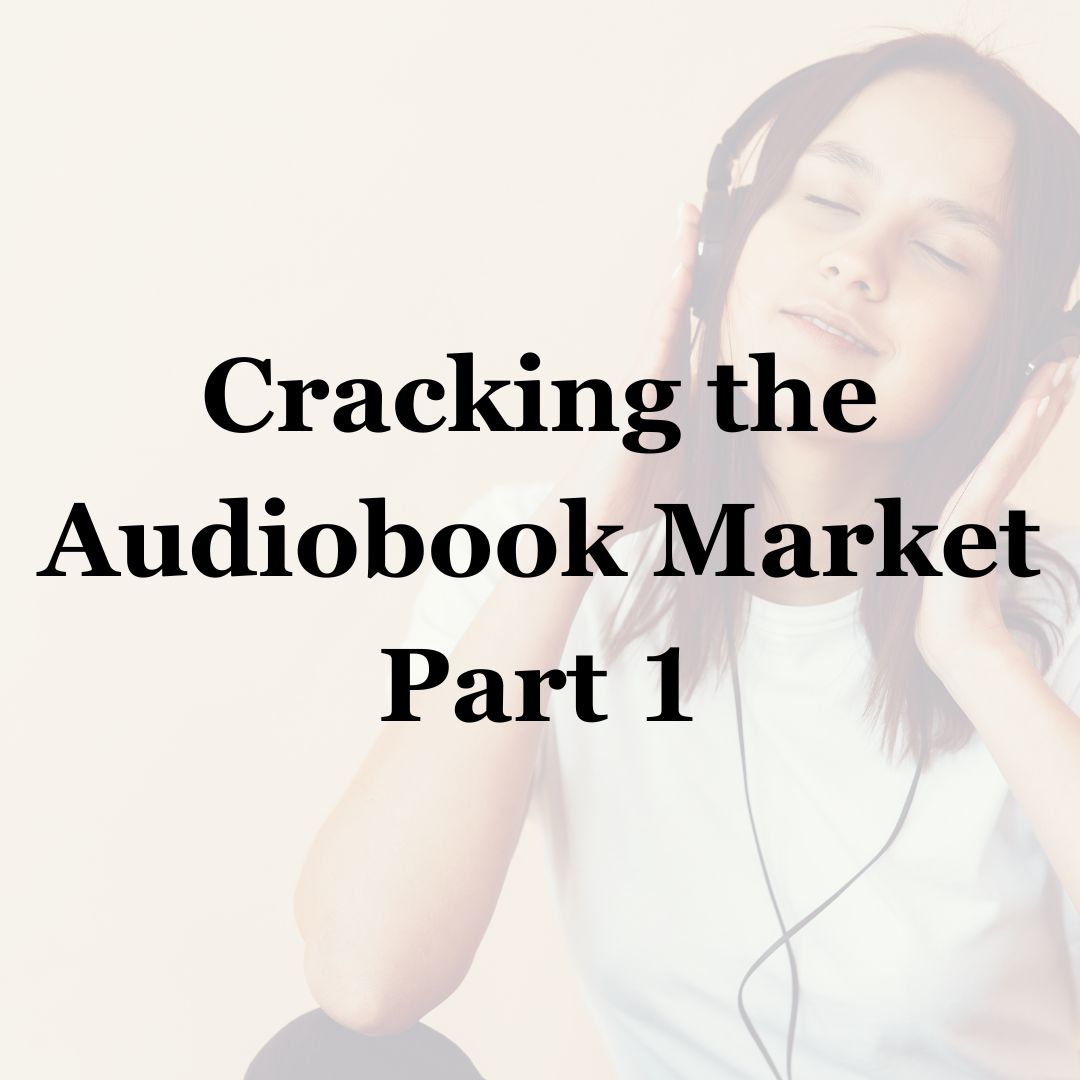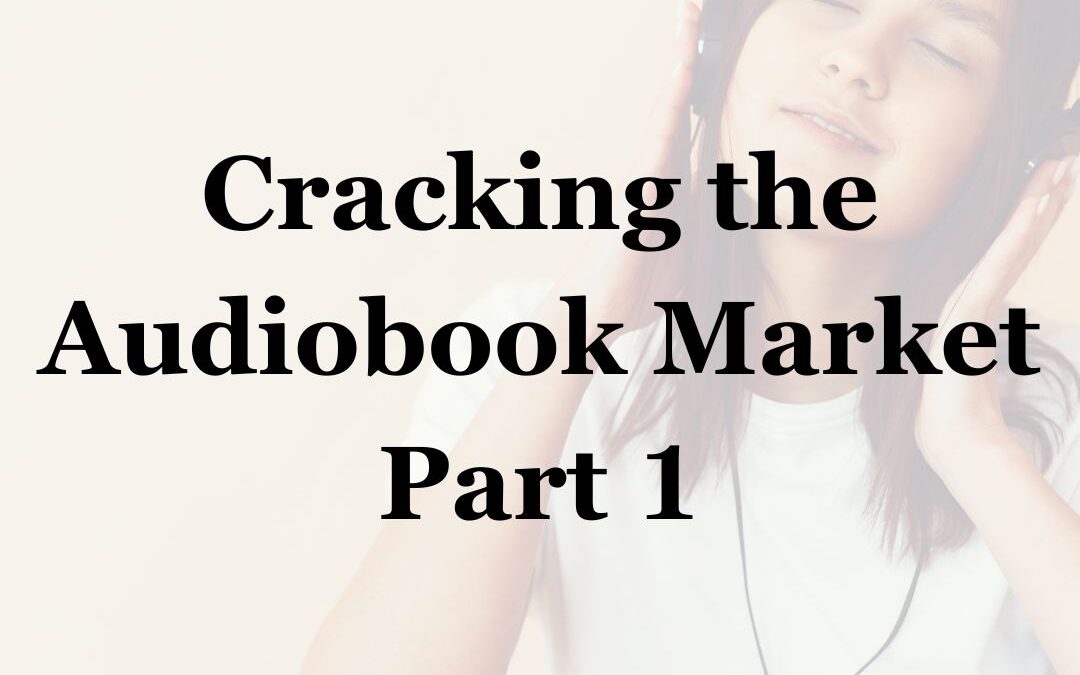Why Should You Be in the Audiobook Market?
Why Now Rather Than Later?

So new readers can find you.
There are readers who prefer eBooks, others who prefer print, and even more who prefer audio. If you want to reach a broad market you should be in audio. The good news is that audiobook readers are new readers. They tend to prefer audio to other media. They listen to a lot of podcasts and prefer being on their phones. If they do read print or eBooks, they make new time for audiobook listening while commuting or doing household tasks.
Audiobook readers are also disproportionately female and African American. Women will consume about 14% more audio content than men, and African Americans account for about 26% of audiobook readers. This population is young, educated and employed. About 57% of the listeners are under age 44. Given that print and eBook readers skew older, it’s important to tap into this younger demographic. “Get them while they’re young and raise them right,” as my mother used to say.
For the money.
This is the fastest growing segment in publishing and pays the highest royalties. Audiobooks had double digit growth year over year for the past 10 years and are projected to be doing the same through 2030. They surpassed eBook revenues in 2019. In 2022, the revenues were $4.5 billion for audiobooks, and it’s projected to be $35 billion by 2030. Audiobooks are 9% of all book sales projected to be 21% by 2030. Revenues are higher than market share because audiobooks are more expensive and the royalty payouts are quite nice—although that is changing as more distribution platforms challenge Audible. I will talk more about that in the final segment of this series dealing with market trends.
As a fiction author this final statistic is my favorite. Sales of fiction is 65% of the audio market versus 40% in print and eBook where non-fiction is king. This makes discoverability for fiction authors much better. Which leads me to the final piece of “Why and Why now?”
Easier discoverability…for now
The competition is growing. The big publishing houses are all in and the smaller publishers are catching up. More indie authors are taking advantage of new tools and platforms (which I’ll discuss in another post) so if you want in, do it sooner rather than later.
Let me throw some numbers at you to show what kind of competition you’ve got. 4 million (includes self-published) books were published in 2022 and it looks like that rate is going to keep up for a while. If you launched a book last year (or plan to launch this year or next) you are one of 4,000,000 authors clamoring for attention and sales. You have lots of competition and it’s hard to discover you. By contrast 74,000 audiobooks were published in 2022. Discoverability is much higher.
If you write in a popular audiobook niche like romance, mystery, or fantasy, that discoverability jumps much higher. In my own field of historical fiction, there were over 60,000 historical fiction titles listed in the Kindle Store but only 30,000 historical fiction titles listed in Audible. I have twice the chance of being discovered at Audible if someone’s just looking at historical fiction. But it won’t stay that way. Lots of people are jumping into the market so…
What’s keeping you from doing it?
When authors are surveyed about why they are or are not in the audio market, the big thing is money. And I’ll admit that is a big hurdle. You can pay $6000 (average—they can run up to 10K or more) to get an audiobook made. Even with higher royalties you want the audiobook to pay itself out and with those upfront costs, that can be tough. In Part 3, I’ll explore the different ways to get to the market–some of which cost next to nothing.
The second hurdle is technical. If you don’t have the money to pay for beginning to end production, you can do all or parts yourself—but authors are scared off by the idea of all the technology needed to record, edit, and produce the audiobooks. There is good news on that front, as well, and I’ll discuss work-arounds in Part 4.
I hope that this post has helped you to decide to go audio (feel free to ask me questions) and you’re comfortable with taking the next steps. In order to honcho this process you need to know the generic steps of turning a manuscript into an audiobook and putting it in the market for distribution. That’s the topic of my next segment: “Text to Speech: How a Manuscript Goes Audio”
Faith L. Justice has nine books out in audio. She learned these lessons the hard way so you don’t have to. This series of posts is an expanded text version of a presentation she made to the New York City Chapter of the Historical Novel Society. The original video is here.

scopist65@gmail.com